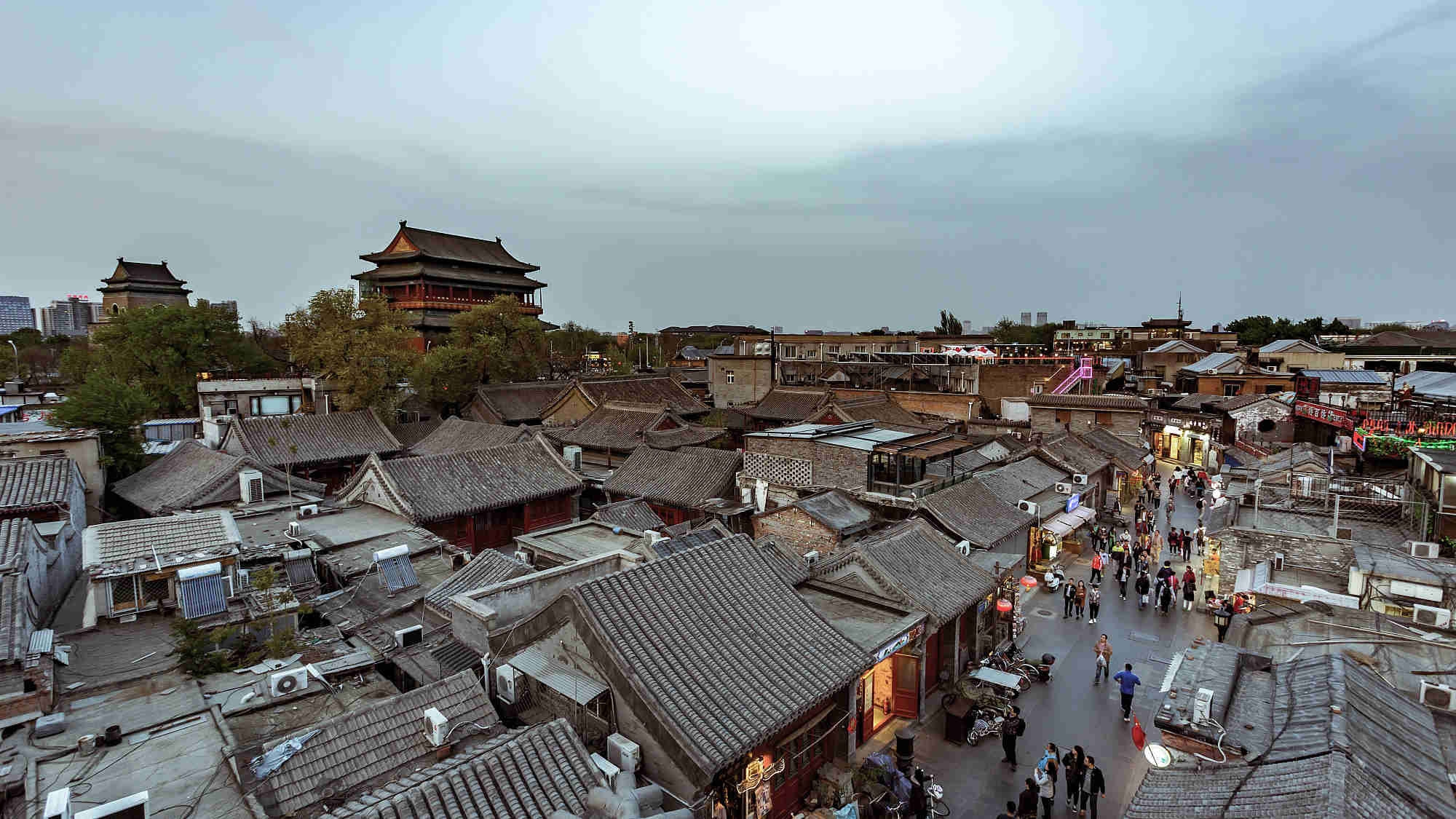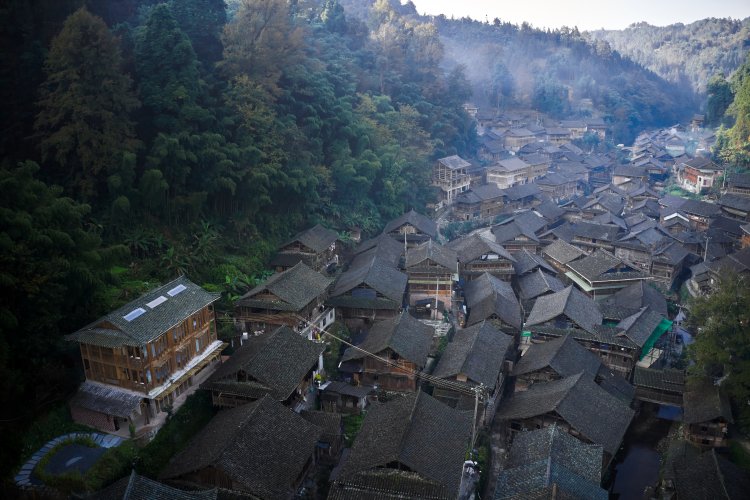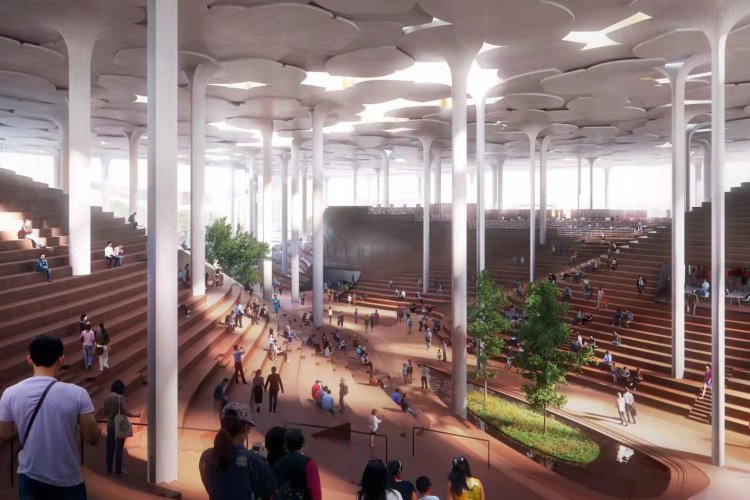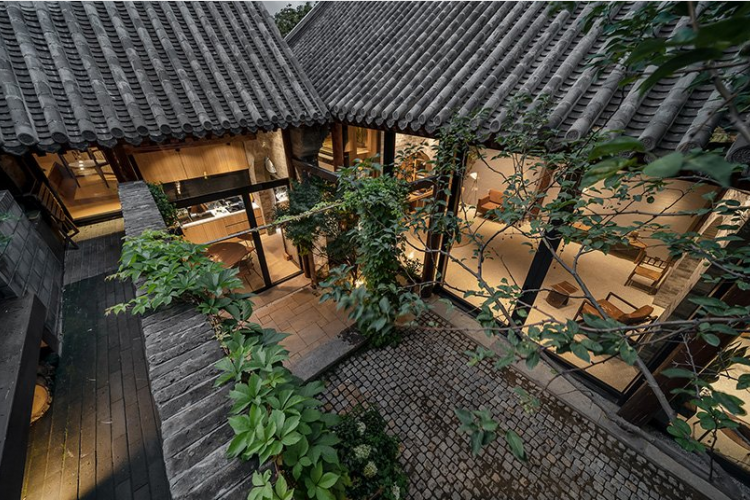Beijing May Soon Rent Out Historical Landmark Buildings
Strolling the walkways of the Forbidden City or clambering over a Great Wall getaway, it’s easy to imagine living like an emperor in Beijing’s traditional dwellings. But did you ever seriously want to rent your own little piece of Beijing history? That may be in your future with the release of new draft regulations! On Sep 6, the Beijing municipal government released amendments to the Regulations on the Protection of Beijing's Historical and Cultural Cities for public consultation until Oct 5.
The Regulations present the Beijing government’s vision for protecting and making use of the city’s historical and cultural features. The basic philosophy: In order to protect Beijing’s historical and cultural landmarks, they must be used and regulated in a unified fashion. This includes both systematizing leasing old buildings and articulated standards of what “traditional” or “historical” means. Here’s what you need to know to either rent that sweet, sweet Qing dynasty pad, or to be aware of how the new rules stand to change Beijing’s urban landscape.
What do the Regulations define as key areas to protect?
The regulations apply to broad swathes of Beijing’s historical attractions, including:
- All old city sites within the first ring: Specifically, old city refers to the area within the Forbidden City moat and Qing Dynasty ruins, as well as surrounding hutong style architecture.
- The “Three Mountain and Five Gardens” area: Three Mountains and Five Gardens collectively refer to the imperial palaces, gardens, and parks in Beijing’s western suburbs.
- The Great Wall
- The Grand Canal Belt
What are these buildings meant to be used for?
Historic buildings are intended to be managed by a district historic protection agency. Under these regulations, “management” includes demolishing illegal construction within courtyard housing. As much of Beijing’s hutongs have been subdivided beyond the traditional floorplan, this stands to cover numerous neighborhoods. In addition, the government is supposed to refurbish, lease, and rent historic spaces, working in line with traditional styles and prioritizing meeting basic living needs and providing community spaces.
Whose responsibility is it anyway?
These regulations aim, in large part, to address the current fragmented and chaotic urban planning management systems. Under the new rules, municipal, district, neighborhood, township, and resident committees are supposed to be unified under a single historical protection committee. The protection committee will then organize and distribute responsibilities among districts and neighborhoods.
Why does the government care?
The Beijing government appears to be concerned with several issues. First, unappealing or unofficial construction in the city center or historic areas. Second, unclear ownership of these structures. Given Beijing’s chaotic history with land use and land rights in its older neighborhoods, these regulations are clearly intended to clarify who owns what.
Will this impact me?
If implemented, then yes. Over the last three years, the Beijing government has previously worked to brick up, tear down, or reconfigure hutong dwellings at a massive scale. These regulations provide more leeway for that process to continue, both through essentially rezoning traditional structures for commercial or residential use and by tearing down unofficial constructions. These changes would impact visitors and long-term residents alike by changing the face of Beijing’s neighborhoods.
READ: Whose Lease Is It Anyway? New Approach to Rental Housing on the Way in China
Images: CGTN







